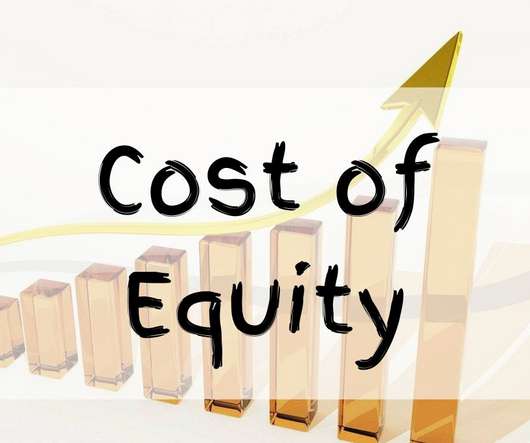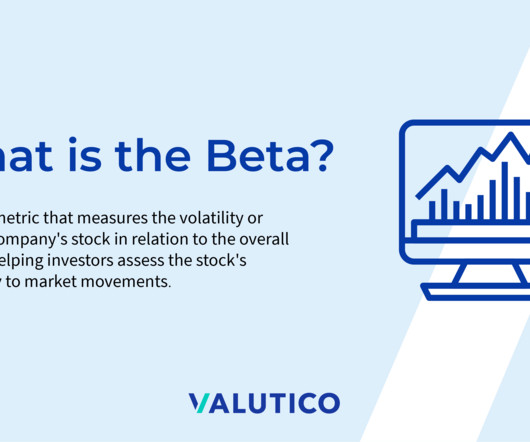What Is Cost of Equity?
Andrew Stolz
AUGUST 5, 2020
Risk-free rate . The expected return of the market . The systematic risk of the security (Beta). Dividend per share . The market value of the stock . The growth rate of dividends . There are two ways you can calculate the cost of equity, which are the CAPM and the Dividend capitalization model.













Let's personalize your content